Flat Foot: Cause, Symptoms, Treatment, Physiotherapy Exercise
What is Flatfoot?
Flatfoot (pes planus) is a condition in which the longitudinal arch in the foot, which runs lengthwise along the sole of the foot, has not developed normally and is lowered or flattened out. One foot or both feet may be affected.
When the arches on the inside of your feet are flattened, allowing the entire soles of your feet to touch the floor when you stand up.

A common and usually painless condition, flatfeet can occur when the arches don’t develop during childhood. In other cases, flatfeet develop after an injury or from the simple wear-and-tear stresses of age.
Flatfeet can sometimes contribute to problems in your ankles and knees because the condition can alter the alignment of your legs. If you aren’t having pain, no treatment is usually necessary for flatfeet.
Symptoms
Most people have no signs or symptoms associated with flatfeet. But some people with flatfeet experience foot pain, particularly in the heel or arch area. Pain may worsen with activity. Swelling along the inside of the ankle can also occur
Causes of Flat Foot :
A flat foot is normal in infants and toddlers, because the foot’s arch hasn’t yet developed. Most people’s arches develop throughout childhood, but some people never develop arches. This is a normal variation in foot type, and people without arches may or may not have problems.
Some children have flexible flatfoot, in which the arch is visible when the child is sitting or standing on tiptoes, but disappears when the child stands. Most children outgrow flexible flatfoot without problems.
Children as well as adults may be flat-footed. Most children are flat-footed until they are between the ages of 3 and 5 when their longitudinal arch develops normally.
Arches can also fall over time. Years of wear and tear can weaken the tendon that runs along the inside of your ankle and helps support your arch.
Risk factors
Following People mostly affected – Factors that can increase your risk of flatfeet include:
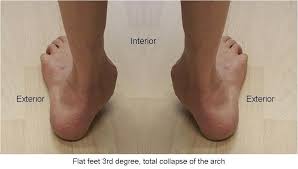
- Obesity
- Injury to your foot or ankle
- Rheumatoid arthritis
- Aging
- Diabetes
Diagnosis
To view the mechanics of your feet, your doctor will observe your feet from the front and back and ask you to stand on your toes. He or she might also look at the wear pattern on your shoes.
Imaging tests
If you’re having a lot of pain in your feet, your doctor may order tests such as:
X-rays. A simple X-ray uses a small amount of radiation to produce images of the bones and joints in your feet. It’s particularly useful in detecting arthritis.
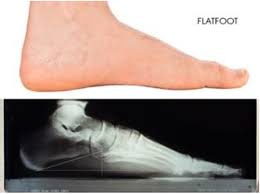
CT scan. This test takes X-rays of your foot from different angles and provides much more detail than a standard X-ray.
Ultrasound. If your doctor suspects an injured tendon, he or she may request this test, which uses sound waves to produce detailed images of soft tissues within the body.
MRI. Using radio waves and a strong magnet, MRIs provide excellent detail of both hard and soft tissues.
Treatment of Flat Foot :
Physiotherapy treatment and exercise help for improving arch in Flat, if they cause pain-related symptomatic pain relieving medicine and Hot Packs/Ice Packs are also useful.
Physiotherapy Treatment for Flat Foot:
- Arch muscle strength exercise. Sit down and cross your involved foot over the other thigh. …
- Toe curls. Sit up straight in a chair with a towel placed under your forefoot. …
- Heel raised with scrunch. …
- Calf stretch. …
- Plantar fascia stretch. …
- Plantar fascia muscle release.
You may be able to relieve heel pain by stretching tight calf muscles.
- Stand about 1 ft (30 cm) from a wall and place the palms of both hands against the wall at chest level.
- Step back with one foot, keeping that leg straight at the knee, and both feet flat on the floor. Your feet should point directly at the wall or slightly in toward the center of your body. Keep the knee of the leg nearest the wall centered over the ankle.
- Bend your other (front) leg at the knee, and press the wall with both hands until you feel a gentle stretch on your back leg (calf muscle).
- Hold for a count of 10 (increasing the count to 30 or longer as you continue over several weeks). Switch legs and repeat. Do this 2 to 4 times a day. Foot-strengthening exercises were done with a towel and weights.
- Place a towel on the floor, and sit down in a chair in front of it with both feet resting flat on the towel at one end.
- Grip the towel with the toes of one foot (keep your heel on the floor and use your other foot to anchor the towel). Curl your toes to pull the towel toward you.
- Repeat with the other foot. To increase strength, later use 3 lb (1.5 kg) to 5 lb (2.5 kg) weights (such as a large can of fruit or vegetables) on the other end of the towel.
- Sit down on the floor or a mat with your feet stretched out in front of you.
- Roll up a towel lengthwise and then loop it over one foot (around the ball of your foot).
- Take one end of the towel in either hand and gently pull the towel towards your body to stretch the front of your foot. Repeat with the other foot.

Some people-especially competitive athletes, people who want to return to a heavy sports program, or people who are highly motivated-may choose more intensive strengthening and flexibility programs. A physical therapist or trainer can help supervise a program recommended by your sports medicine specialist or a foot specialist, such as an orthopedist or podiatrist.
Treatment of pain is relieved with NSAIDs Medicine, Hot Pack, and Ice pack, or massage may help with foot pain and leg discomfort. If flatfoot is related to another condition, surgery or other treatment may be needed.
Arch Supports (orthotic devices)

Over-the-counter arch supports may help relieve the pain caused by flatfeet. Or your doctor might suggest custom-designed arch supports, which are molded to the contours of your feet. Arch supports won’t cure flatfeet, but they often reduce symptoms.
Stretching exercises


Some people with flatfeet also have a shortened Achilles tendon. Exercises to stretch this tendon may help
Supportive shoes
A structurally supportive shoe might be more comfortable than sandals or shoes with minimal support.
Flatfeet may contribute to overuse injuries in some runners.

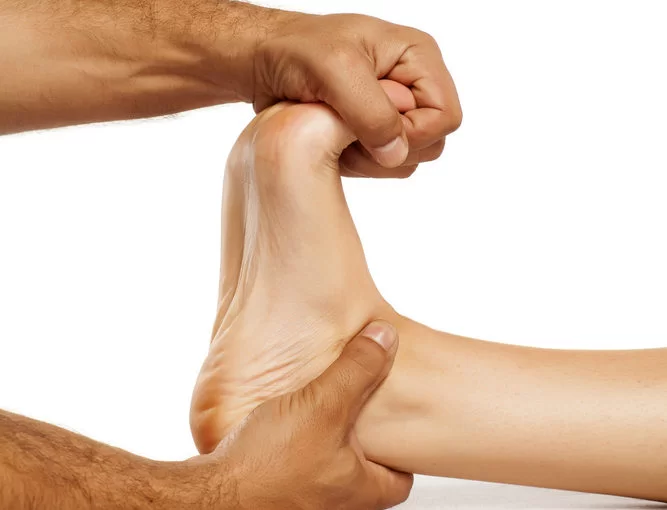

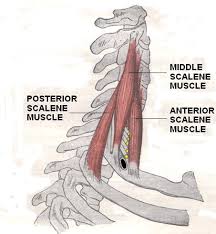

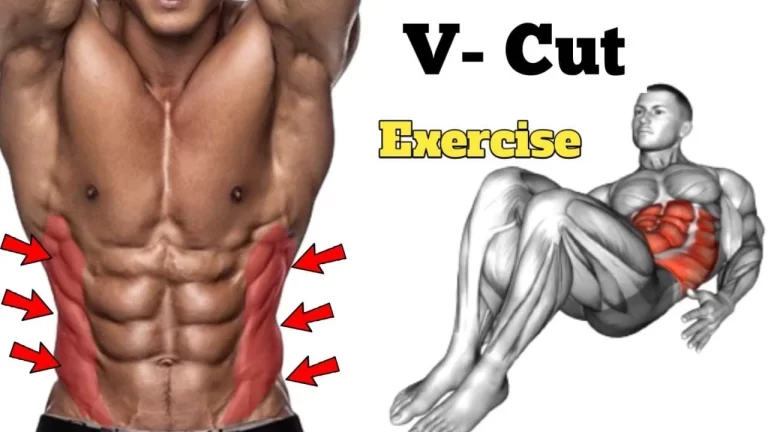
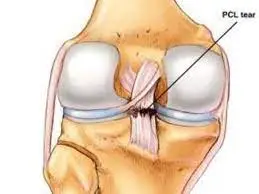


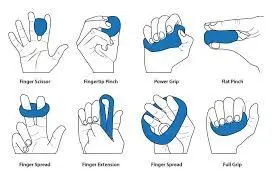
I want to know where can I get insoles made for flat feet
Want insoles for flat feet